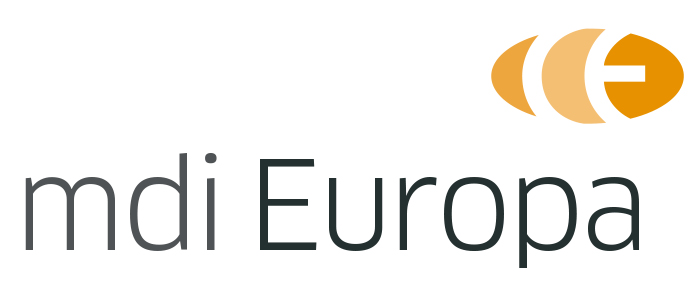It is now officially confirmed – Regulation (EU) 2017/746 on in vitro diagnostic medical devices (IVDR) will see a progressive roll-out as previously proposed by the European Commission. This was confirmed in a press release from December 20, 2021. You may access the release here.
We have summarized the resulting transition periods for full compliance with the IVDR in the table below again:
| Risk Class | Deadline |
| Class D | 26 May 2025 |
| Class C | 26 May 2026 |
| Class B | 26 May 2027 |
| Class A devices placed on the market in a sterile condition | 26 May 2027 |
Please note that only those devices that will see a classification change due to new IVDR classification rules may make use of the extended transition periods (bitte als Pullquote). Also, devices that have valid notified body certificates under the IVDD may continue to be placed on the market under the IVDD beyond May 26, 2022 as well as in-house devices under certain conditions.
Devices that will remain in the lowest risk class A must still fully conform to the IVDR by May 26, 2022.
Please note also that the adoption of the proposal is not a delay of the IVDR. The regulation will still become the overall regulatory framework for IVD medical devices. Moreover, to make use of the extended transition period, manufacturers must not implement any significant changes to the design or intended purpose of the product and they will have to comply to the IVDR requirements on PMS, vigilance and economic operator/ device registrations.
Should you have any questions or concerns, please do not hesitate to get in touch.
Source: European Commission, Medtech Insight (an Informa product)
Accompanying this subject we recommend the following content on our website
- Extended IVDR transition period for certain IVD medical devices
- Free intended use generator – an important tool under the MDR and IVDR
- The IVDR and performance evaluation studies
- Key guidance document on the classification of IVDs under the IVDR





